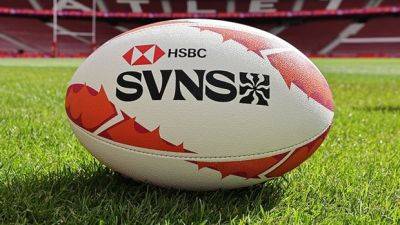Takeaways from new Statcast MLB bat-tracking data - ESPN
Major League Baseball publicly released a trove of bat-tracking data today that offers fascinating insights into what makes the best hitters good — and the worst bad. With everything from bat speed to swing length to sweet spot contact measured, it will have a similarly profound effect on hitters that ball-tracking data had on pitchers.
Using the Hawk-Eye tracking system that positions 12 cameras around every major league stadium — including five running at 300 frames per second — MLB has spent more than two years refining the bat-tracking model before releasing it on its Statcast platform. In measuring using the sweet spot about 6 inches below the head of the bat, every swing of every hitter is documented through objective data and ready for analysis.
Here are the basics. The average major league swing is 71.5 mph. The average length of the bat's path on a swing, start to finish, is 7.3 feet. Hitters square up the ball on one-third of batted balls. The fastest swings typically belong to the most productive players — but not always. The average bat speed for the best hitter in the major leagues this season, Shohei Ohtani: 75.4 mph. The average bat speed for the worst hitter in the major leagues this season, Javier Báez: 75.4 mph.
Just as the advent of the pitch-tracking era prompted changes in training methods to juice velocity and spin, the ability to measure bat speed and paths will likewise change the approaches of hitters in future years. For now, though, in this nascent stage, the data is pure and unadulterated. And it tells us that when it comes to bat speed, there is one man, and then there is everyone else.
When Statcast debuted in 2015 and exit velocity jumped to the fore of baseball lexicon, Giancarlo Stanton,








